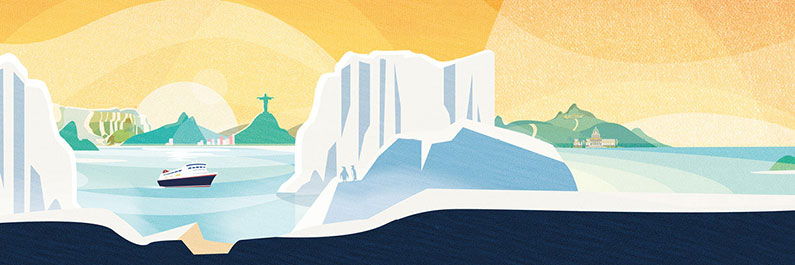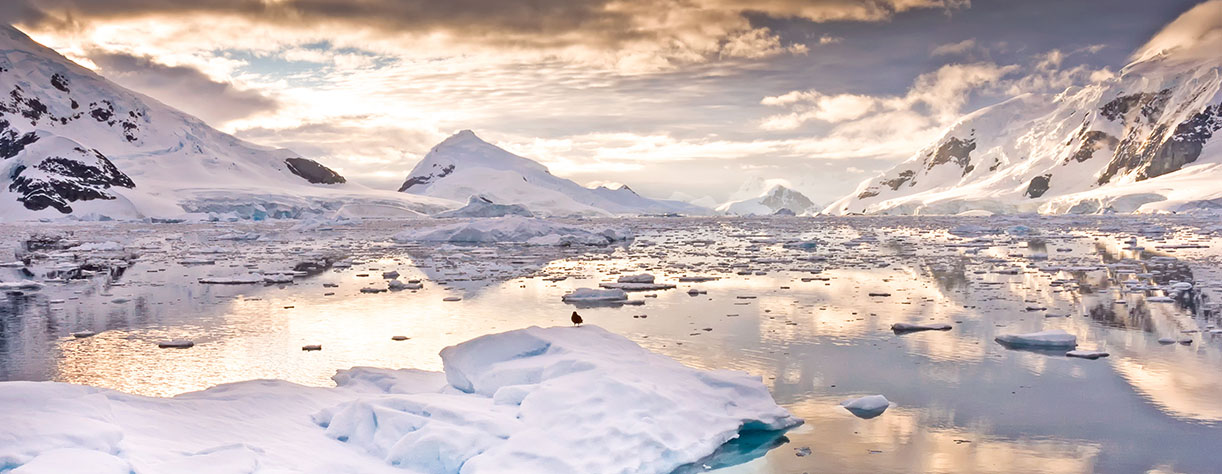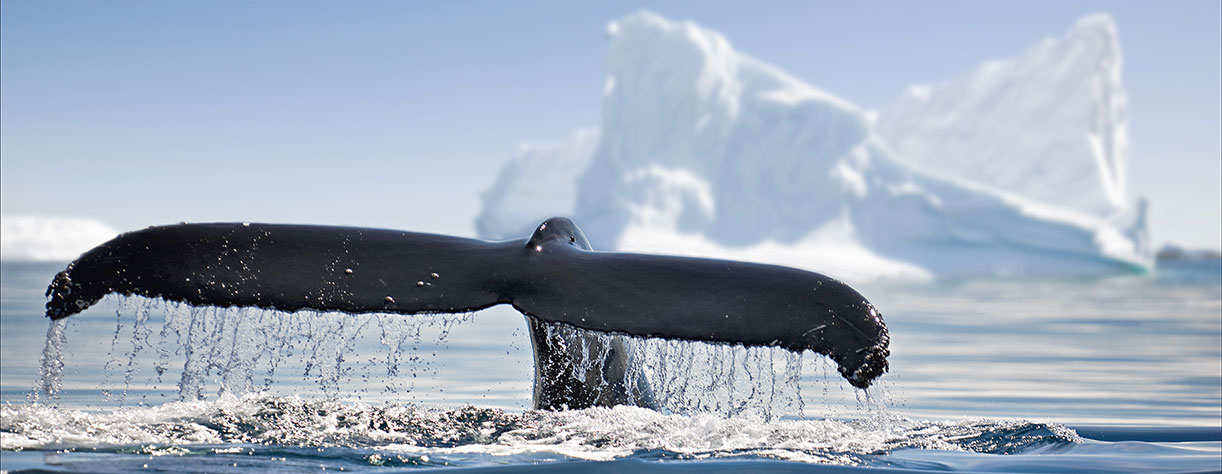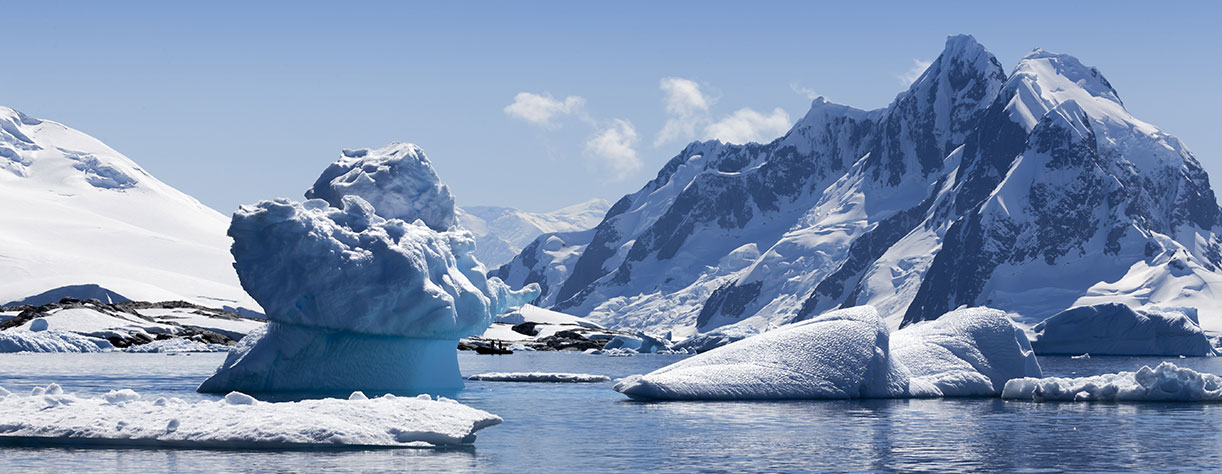What do you think of when you hear the word “wilderness”? Some people imagine forests and mountains, or maybe deserts, pastures or islands. But its true definition is simply an area that’s untouched by humankind, perhaps a region that would look identical today had humankind never existed. In the ever-shrinking wilderness that exists on our planet, the largest is the Antarctic.
Sure, there are research labs around the South Pole, which are definitely human-made and inhabited, but they represent minute specks in the icy, mountainous land mass that covers 14 million square kilometres of the planet. But now, for the first time, Fred. Olsen is giving you the chance to visit Antarctica by ship, on one of our majestic tours of South America.
A continent like no other
If you’ve been to the Arctic Circle on another of our cruises, you should know that Antarctica is a very different place – it certainly isn’t a mirror image. For a start, Antarctica is a true continent. Its land mass is above sea level, so there are mountains, plains, outcrops, bays, islands and valleys, just like any other continent. And although the vast majority of Antarctica is covered with ice and snow, there are some parts that are permanently exposed, and in summer, the extremities can reach 10 °C, which means there’s no ice in places.
The Arctic, by contrast, isn’t a continent at all. At the North Pole, you’d have to go down more than 4,000 metres before you touched the ocean floor, and you’d be standing on probably no more than a few metres of ice, which is constantly moving. The nearest land above sea level would be 700km away (the Northern tip of Greenland).
A living coastline
When you travel to Antarctica, one of the first things you notice when you set eyes on the coastline is the lack of vegetation. In that way, it’s similar to the higher mountain ranges around the world above the tree line – it’s just too cold and barren for large plants to thrive. That’s not to say there’s no plant life, though. The continent is home to some species of lichen and moss, which your local garden centre would probably label “hardy”.
The wildlife of Antarctica, however, is much more plentiful. You can probably imagine some of the species that live down here – penguins, seals and whales, for example. The whales in particular seem to love this area, and it’s one of the stomping grounds of blue whales, the largest animal that has ever lived, as well as numerous killer whales.
Bird life isn’t just about the penguins, either. You can expect to see albatrosses, petrels, arious gulls and cormorants. Much of the attraction for these winged visitors is the abundant life under the sea, from microscopic plankton, algae and krill to a host of fish species, which might be near the bottom of the food chain but are absolutely vital to it.
What to expect from your holiday to Antarctica
If you’ve read about the trials of Shackleton, Amundsen and Scott, or any of the other brave explorers whose expeditions to Antarctica are the stuff of legend, you’ll know it as a freezing, wind-blown, inhospitable place. But don’t forget, they were heading to the actual South Pole, at 90° South, over miles of blindingly white wilderness. On your trip to Antarctica by ship, you’ll be reaching about 63° South, which is the equivalent latitude of Trondheim, Reykjavík or Anchorage in the North.
Another slight difference will be that you’ll be cruising gracefully through the Southern Ocean, on the deck of a liner with a cocktail bar, heated swimming pools and whirlpools, restaurants, warm cabins and entertainment on tap. Whether you include or overlook those details in your traveller’s tales when you reach home – well, that’s up to you!
Our cruises don’t land on the continent, either. You’ll sail down from the southern tip of South America and the skipper will guide you around the Antarctic Peninsula, a dramatic, rugged and mountainous outcrop that stretches more than a thousand kilometres away from the main Antarctic mass, a rough mirror image of the southern curl of Chile and Argentina, which lie a thousand kilometres to the North. You’ll be afforded mind-blowing views of the scenery, and as it’s summer in the Southern hemisphere, you can expect incredibly short nights once you’re this far south. We don’t quite reach the Antarctic Circle so there will be no midnight sun, but with the sun briefly dipping just below the horizon, it’ll never get darker than a typical dusk.





